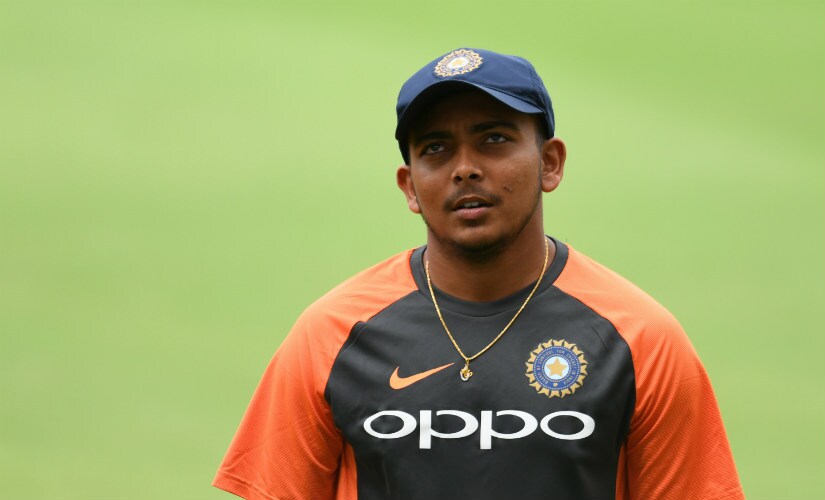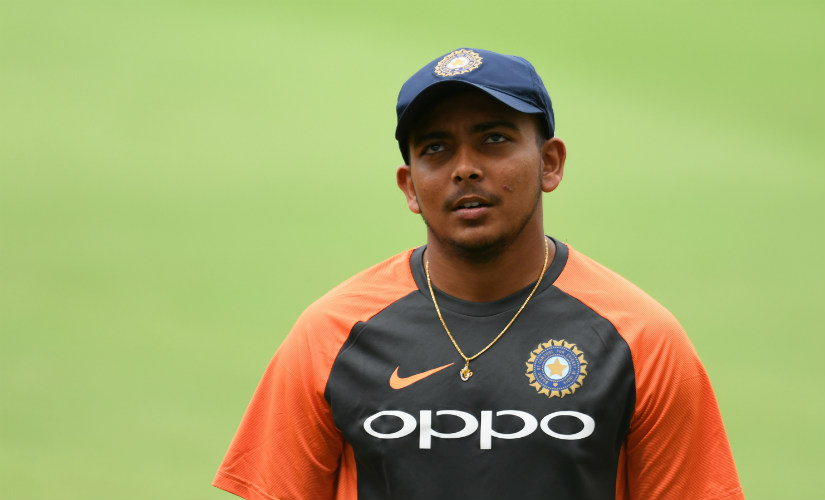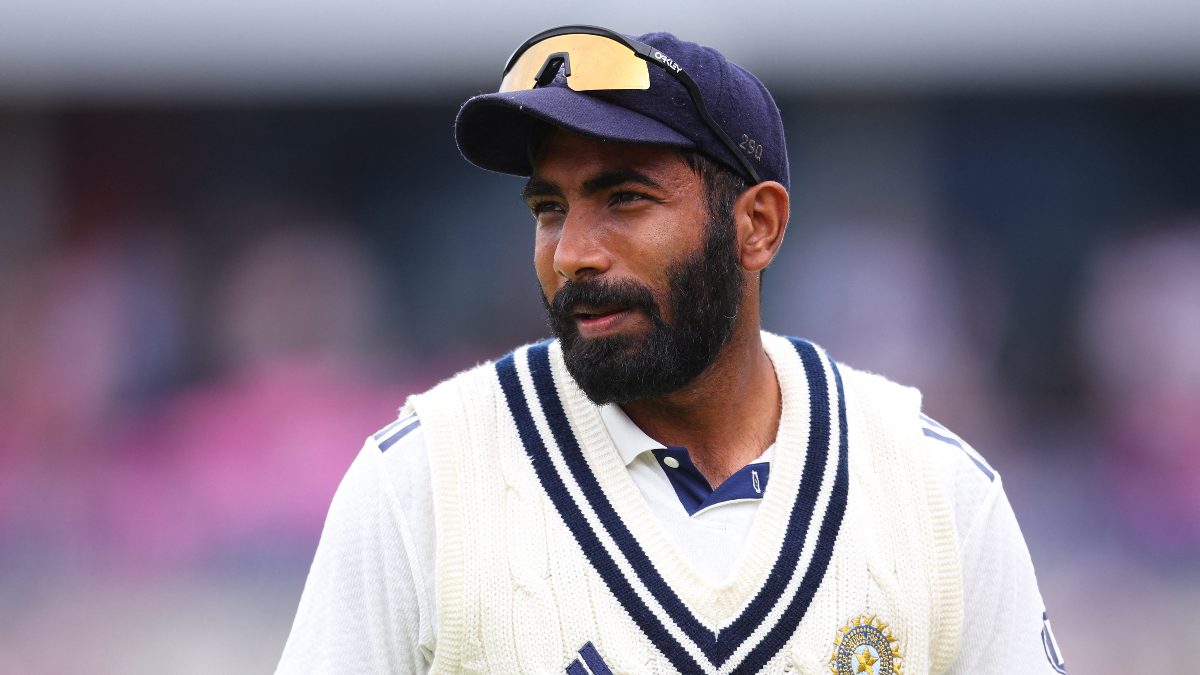The more the Board of Control for Cricket in India (BCCI) tries to stay away from the ambit of the National Anti-Doping Agency (NADA), the deeper it sinks in a quagmire of its own making. Having worn a holier-than-thou cloak to drive back NADA’s bid to wrest control of anti-doping in Indian cricket, BCCI has tied itself up in knots. The latest evidence is provided by its handling of the three cases, including that of young Test cricketer Prithvi Shaw, that surfaced this year. It has not covered itself in glory by either the delay in bringing the cases before the public eye or the approach to the matter of enforcing the rules that it wrote down. [caption id=“attachment_7088801” align=“alignnone” width=“825”]  Prithvi Shaw’s doping ban, announced by BCCI on Tuesday, remains in effect till 15 November. AFP[/caption] It beggars belief that the BCCI concluded that the presence of Terbutaline in Shaw’s sample could be dealt with under the No Significant Fault or Negligence rule by ignoring the crucial fact that the cricketer did not even remember the name of the cough syrup that he reportedly consumed, apparently on a chemist’s advice, let alone produce a prescription or a bill of purchase. That a player’s claim, made nearly five months after the sample collection and without any evidence, that he had consumed a cough syrup to beat chest congestion, has been accepted without challenge by an anti-doping organisation does not augur well at all for the movement. By no stretch of imagination can it deemed that the player has met the burden of proof in this instance. It can only be hoped that this case is not cited as a precedent the next time someone tests positive. Imagine a scenario where a cricketer charged with a doping rule violation, says something similar and gets away. At the moment, only the World Anti-Doping Agency (WADA) can prevent this from happening by challenging this decision in the Court of Arbitration for Sport (CAS). Another question that surfaces is: What is it that made BCCI wait until 16 July (Shaw) and 26 June (the other two) to lay charge of anti-doping rule violation? Would the process of getting the laboratory report and then conducting the initial review to determine whether there was an apparent departure from the International Standard for Testing and Investigations or from the International Standard for Laboratories and whether there was a Therapeutic Use Exemption, have taken so much time? When did the WADA-accredited National Dope Testing Laboratory declare adverse analytical findings on the samples collected on 5 February (Divya Gajraj), 22 February (Shaw) and 10 March (Akshay Dullarwar)? This is a key question that the three BCCI decisions announced on Tuesday have left unanswered. A look at the earlier cases, reported by BCCI, may offer some insight into how quickly NDTL produces a test result. Back in 2013, Pradeep Sangwan’s sample was collected on 6 May, the lab reported a positive on 22 May and the initial review was complete on 10 June and the Delhi paceman was charged with committing an anti-doping rule violation. In 2017, Yusuf Pathan’s sample was collected on 16 March, the laboratory returned a positive finding on 12 April and BCCI issued a notice of charge as late as on 27 October. There was a lag since, in a departure from procedure, BCCI asked Yusuf Pathan if he was being treated for asthma and if he had ground to apply for a retroactive TUE. In Abhishek Gupta’s case, the sample was collected on 15 January, 2018 and after the initial review, a notice of charge was issued on 17 April. It would be fair to assume that NDTL takes no longer than a month to test the samples and share a report with BCCI and others. And the Independent Review Board takes less than two months to complete its review. The delay of couple of months in the latest cases is rather inexplicable. It is amazing how each Anti-Doping Rule Violation revealed by BCCI after the Pradeep Sangwan case, which was heard by a Tribunal in 2013, has ended up as an Agreed Sanction. And it is even more so that BCCI has accepted the cricketer’s plea to invoke the No Significant Fault or Negligence rule after his sample/s tested positive. There is no indication in the published decisions about who in BCCI has been involved in the discussions with the cricketers who have tested positive. In each of the five instances, BCCI decided that it was important to go out of its way and lay down that the cricketer did not ingest the prohibited substance to enhance performance. It is as if BCCI has decided that only when a cricketer is found to have used a substance that helps enhance performance would the maximum sanction be imposed. In playing the roles of investigator, prosecutor and judge, it seems to have overlooked that not all prohibited substances on the WADA list, which it embraces, are ‘performance-enhancing’. A reading of the three decisions published on Tuesday will reveal that BCCI has used its own earlier orders as jurisprudence. It is simply citing the Yusuf Pathan and Abhishek Gupta cases as precedents, perhaps drawing strength from the fact that the WADA and the International Cricket Council (ICC) did not challenge these decisions. In each instance, BCCI has been magnanimous in back-dating the start of the period of ineligibility to the date of sample collection. Just for comparison’s sake, National Anti-Doping Disciplinary Panels have exonerated one athlete, reprimanded nine and handed ineligibility periods ranging from three months to two years to nine athletes in the 19 Terbutaline cases they have heard. BCCI has also cited inadequate anti-doping education for each of these cricketers among the reasons for their respective ADRVs. It is a weak argument put forth in defence of the players but a strong admission of its own failure to provide anti-doping education to a Test cricketer. Perhaps, it can step up the awareness among cricketers about possible doping violations.
Yes, it is also time that BCCI stops making a mockery of its own Anti-Doping Rules, not to speak of WADA Anti-Doping Code 2015. It is time BCCI falls in line with the rest of the sporting world — unless of course it considers itself equal to WWE or some of North American major leagues that have not adopted WADA code in full — and be in complete compliance.
If it means that BCCI comes under the ambit of the National Anti-Doping Agency, the National Anti-Doping Disciplinary Panel and National Anti-Doping Appeal Panel, so be it. At least there would be some level of uniformity to the process that all elite Indian sportspersons are subject to when it comes to anti-doping regulations.


)

)
)
)
)
)
)
)
)



